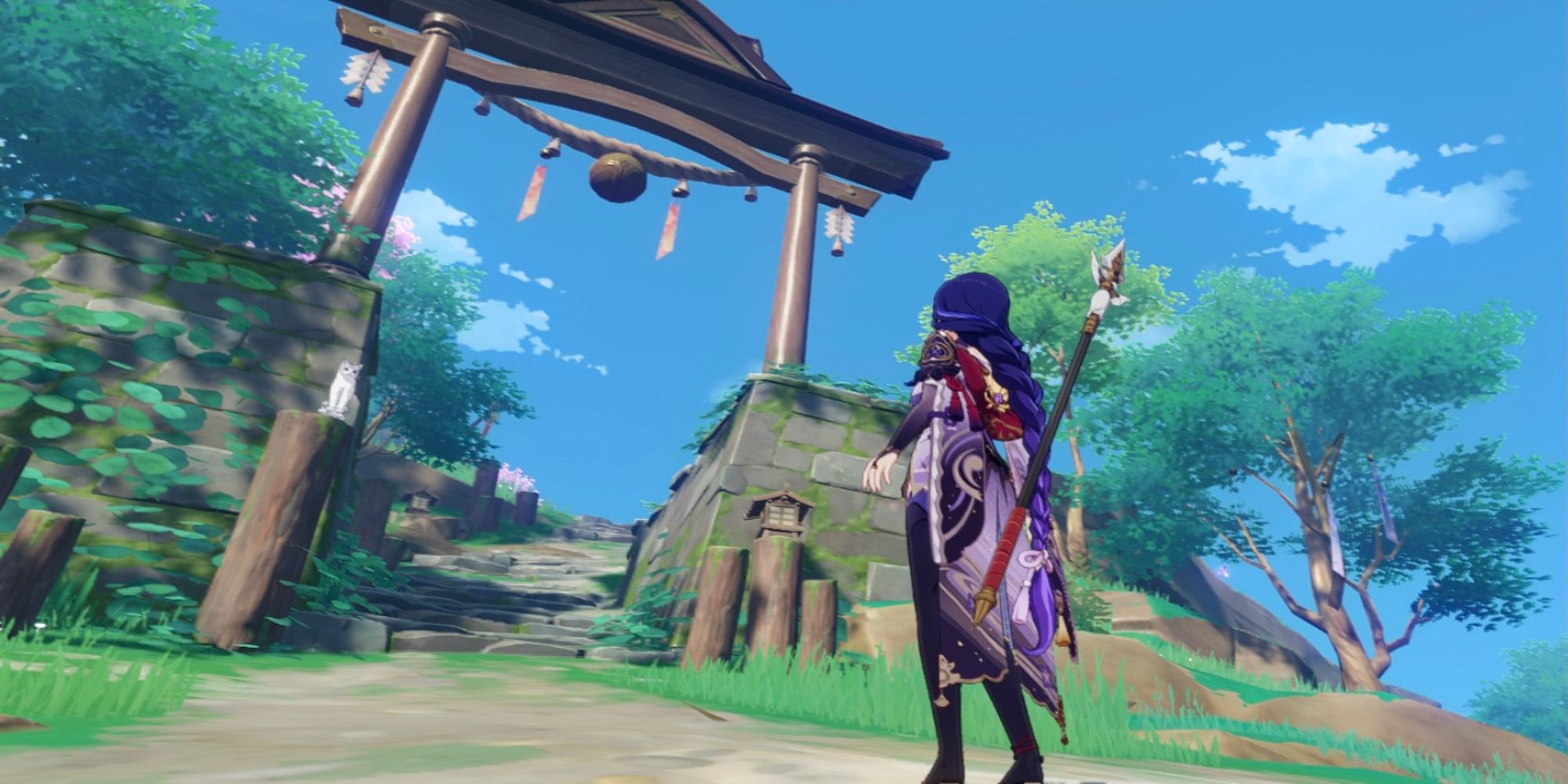The nations of Genshin Impact are seeped in fantasy brilliance and lore, but it's no secret that much of its world is based on the cultures already existing on our great, big planet Earth. Inazuma is one such region of Teyvat that welcomes the traditions and mythology of Japan.
Some nods of appreciation are quite noticeable, others only those invested in the legends of Japan might recognize, while one or two might not be known at all. Inazuma has much to discover, much to share, and many tales of its history and people to tell. Who knows, you might walk away knowing something you didn't before.
10 Akebi: Lavender Melon
Akebi is a purple, melon-shaped fruit that grows on a five-leaf tree. These trees are also known as 'chocolate vines', despite the unsweet and bland flavor their skin is known to have. Mountainous regions and rural villages where the fruit was initially discovered have known it as 'Akebia'.
It's native to the northern Tohoku region of Japan and has a number of uses. Its seeds can be used to craft medicinal oils and remedies while in food it can be pickled, stuffed, fried, steamed, or eaten raw as a snack on the go. Despite its looks, it's quite squishy.
9 Raijin, God Of Thunder: The Raiden Shogun And Her Blade
Raijin is the god of storms and has long held a place in the culture of the Japanese people. He is fearsome-looking like a demon and holds mighty power. Yet he's respected, admired, and largely viewed as a good. On top of thunder, Raijin is known as the overseer of agriculture who would be prayed to by farmers before, after, and during times of harvest.
Appearances aside, the Raiden Shogun shares a number of these characteristics as well as the meaning of their name: Thunder/Lightning. Her blade, the Kusanagi no Inabikari, is a direct reference to the legendary Sword of Kusanagi once wielded by Susanoo and means 'Grass-cutter'.
8 Red Coral, Shells And Pearls: Watatsumi Island
Pearls have existed in Japan and have been valued as exquisite and unique for hundreds of thousands of years. Likewise, red coral is only found in the deep waters of Japan and is used in extremely, high-quality jewelry.
While exploring Genshin Impact's Watatsumi Island, sango pearls can be harvested by the waters, near or under the reefs. They are seen as symbols of peace and love, fitting for the base of the Resistance Army led by the gentle and thoughtful Divine Priestess, Sangonomiya Kokomi. One look at Sangonomiya Shrine and many gorgeous pearl shells and coral reefs can be seen marking the home of our water-blessed strategist.
7 Susanoo: Yashiori Island
Susanoo is the Japanese god of storms and the sea. Chaotic, powerful, and a great protector, he is a legend in myth with countless iterations of his tales written and stored in the accolades of time. He is most known for slaying the Eight-Headed Serpent Dragon, Yamato-no-Orochi, in fearsome battle.
Countless shrines are known to fill the southern islands of Japan in his name. The similarities between the always storming island of Genshin's Yashiori, the large snake, and the shrines are hard to miss.
6 Fushimi Inari Shrine: Torii And Yae Miko
On your climb up Mt. Yougou to the Narukami Grand Shrine, you'll have seen a series of red gates guiding the path. These gates are 'Torii' and they're painted red to ward off malignant energy whilst representing revitalization of energy, spirit, and mind. Under the Shinto religion which predominates in Japan, these gates indicate the passage onto holy grounds.
The Fushimi Inari-Taisha Shrine is a World Heritage Site and home to thousands of torii. It sits at the top of a towering mountain that takes hours to hike. Furthermore, foxes were perceived to be messengers of Inari. In Genshin, Yae Miko is a kitsune spirit, tasked with overlooking the sanctity of the Narukami Grand Shrine as foxes of the Fushimi Inari Shrine do.
5 Fireworks And Blossoms: Naganohara Fireworks And Sakura
While vastly different in the way they bloom and fall, both fireworks and sakura are regarded with a similar sense of reflection and sense of wonder. Inazuma is flush with beautiful pink blossoms on every island. Every fall in Japan, the people gather for Hanami to sit with family, friends, and loved ones over meals and drinks and watch as the flowers bloom. Every summer, the people experience Hanabi - festivals of fireworks.
Fireworks have been used in Japan for a long time. In the past, they were used as a means to protect against evil spirits. More commonly, they represent transient beauty and fleeting moments of life to the Japanese people. These sentiments are echoed in Genshin through the land and Yoimiya's Story Quest showcasing the deep meaning of fireworks and the bonds between lovers, family, and friends.
4 Bunbuku Chagama: Tanuki
Tanuki, often mistaken as raccoons or badgers, are a deep part of Japanese lore. They are mischievous pranksters who can and will shape-shift into human form to lure and deceive others. They use berries and leaves and other pieces of nature as a method of payment and are known to eventually bring riches to the people and places they visit. These tanuki are all across Inazuma, dancing to song and usually rewarding vegetables for those who follow their trail.
In the story quest involving Ayaka with Home Lies Over the Ocean, her parents rescued a tanuki from a trap. They thought it disappeared, but it actually disguised itself as Ayaka and began living as their daughter. It begins to amass wealth and thank the parents for their help, whilst also using them for food and shelter.
This is similar to the Japanese story of Bunbuku Chagama, a tanuki that was freed from a trap and repaid the family of peasants that saved it by performing tricks - and together they made a fortune.
3 Shide: Purification and Warding
While shide, the zig-zag, paper streamers, are everywhere in Inazuma, they are most notably used on Seirei Island to seal warding stones. Shide hangs from a wand or boulder or shrine, and they are normally used by priests to chase away bad spirits and in purification ceremonies.
You will find shide by lots of shrines in Inazuma, from torii and on the storm-wrought island of Seirei to seal the dangerous energy of the thunder. In both Inazuma and Japan, shide are hung from ropes and temples to mark sacred spaces.
2 Cats, Cats, And More Cats
If Mondstadt boasts wayward dogs, then Inazuma boasts endless cats. From Inazuma City, to Konda Village, to the war-ravaged islands and beaches to the south and west, there is guaranteed to be a cat sitting somewhere.
There are legends of cats that bring luck in Japanese folklore and legends of demonic cats that devour fellow animals and humans alike and transform over time. While the latter is pretty terrifying, it's nice to know Genshin hasn't replicated that particular bit of lore into Inazuma just yet.
Plus, Asase Shrine on Seirei Island is the home of cats, and can be seen as an homage to Japan's three biggest cat islands where our pawed friends outnumber the human population by more than double.
1 Japan's Isolation: The Sakoku Decree
This was a real period of isolation in Japanese history, enacted by the Tokugawa shogunate. Trade between other nations was greatly reduced, foreigners weren't allowed in, and Japanese people weren't allowed out. It was made in an effort to stop Japan from being forced to open itself and its land to the world, more specifically American policies, to preserve its own economy, culture, and policies. Trade was monitored strictly and it resulted in a wave of piracy and smuggling.
This is displayed in Inazuma with the Vision Hunt Decree acting the Sakoku Decree. The beaches are full of pirate ships, smugglers try to make a living, foreigners are trapped to Ritou Port, and entry in and out of the nation is largely barred until the Raiden Shogun is made to see reason.

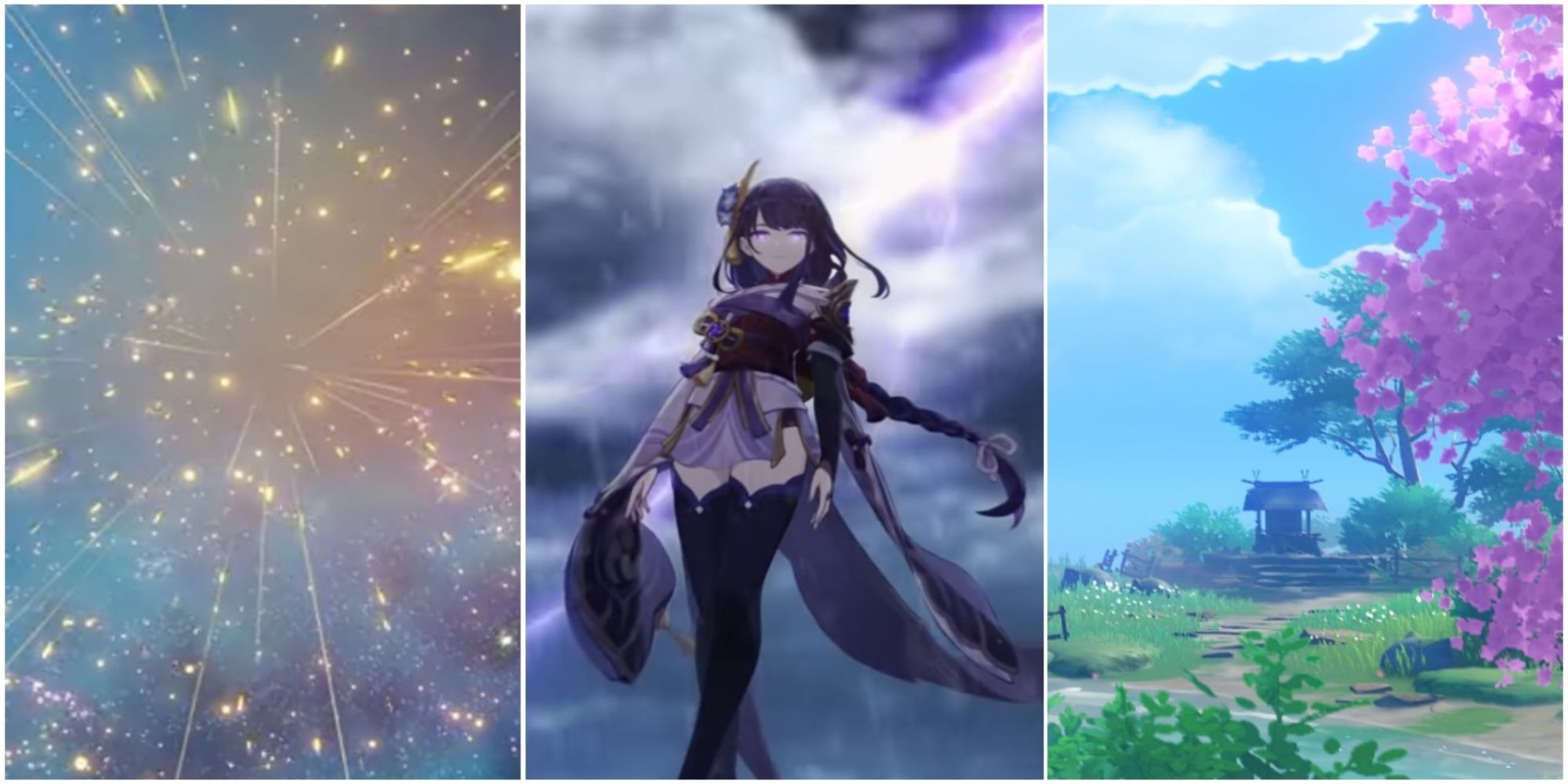
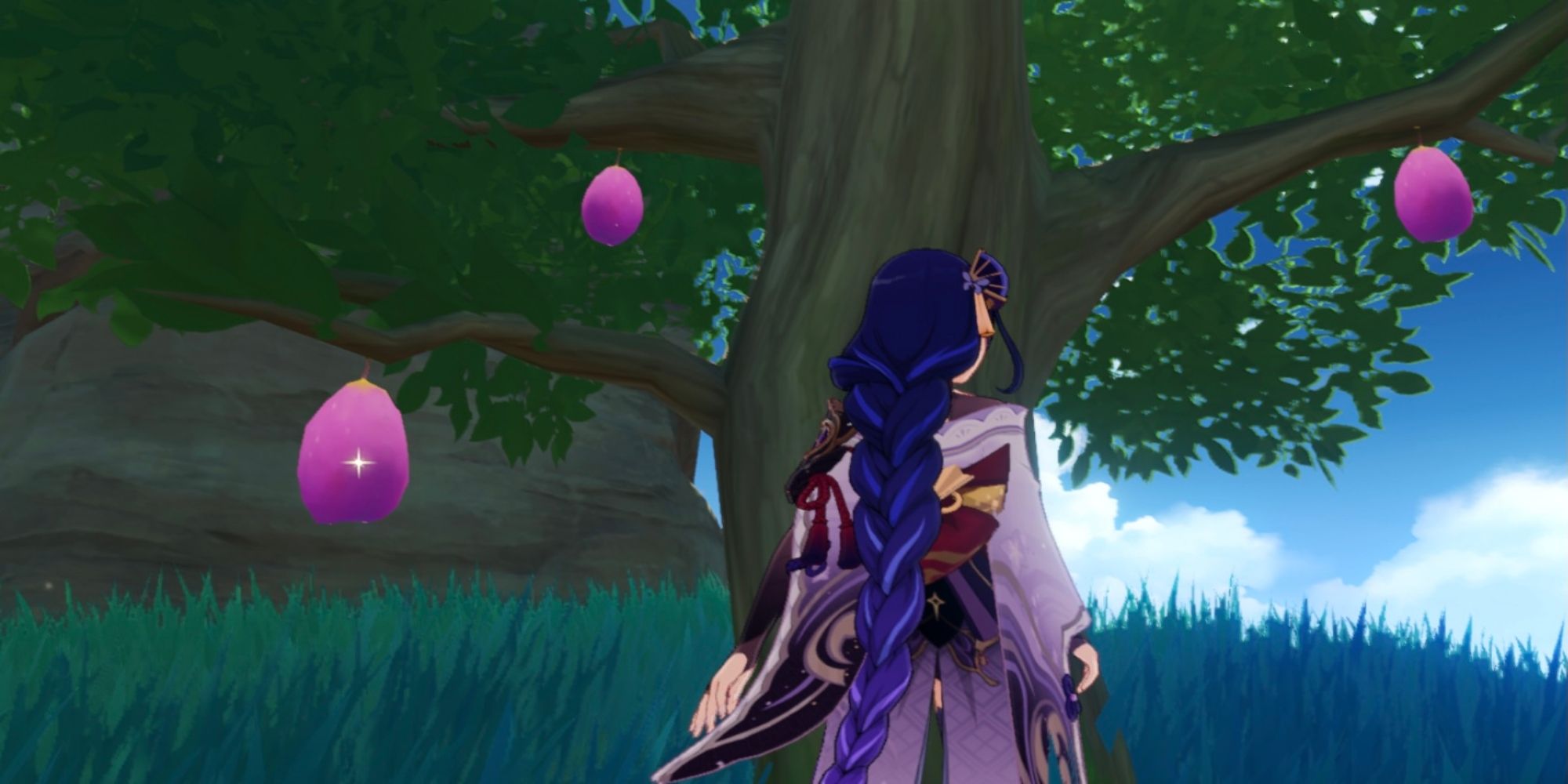
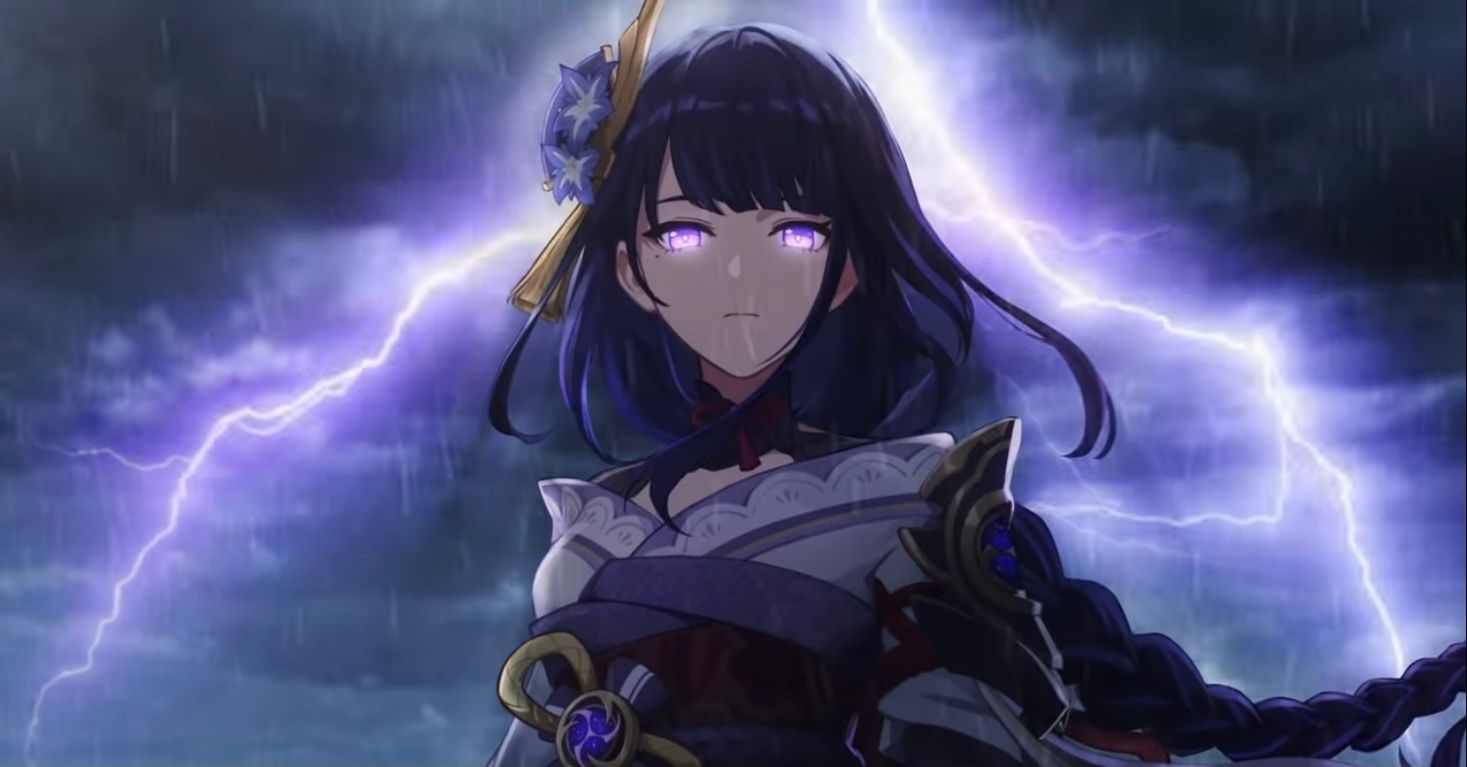
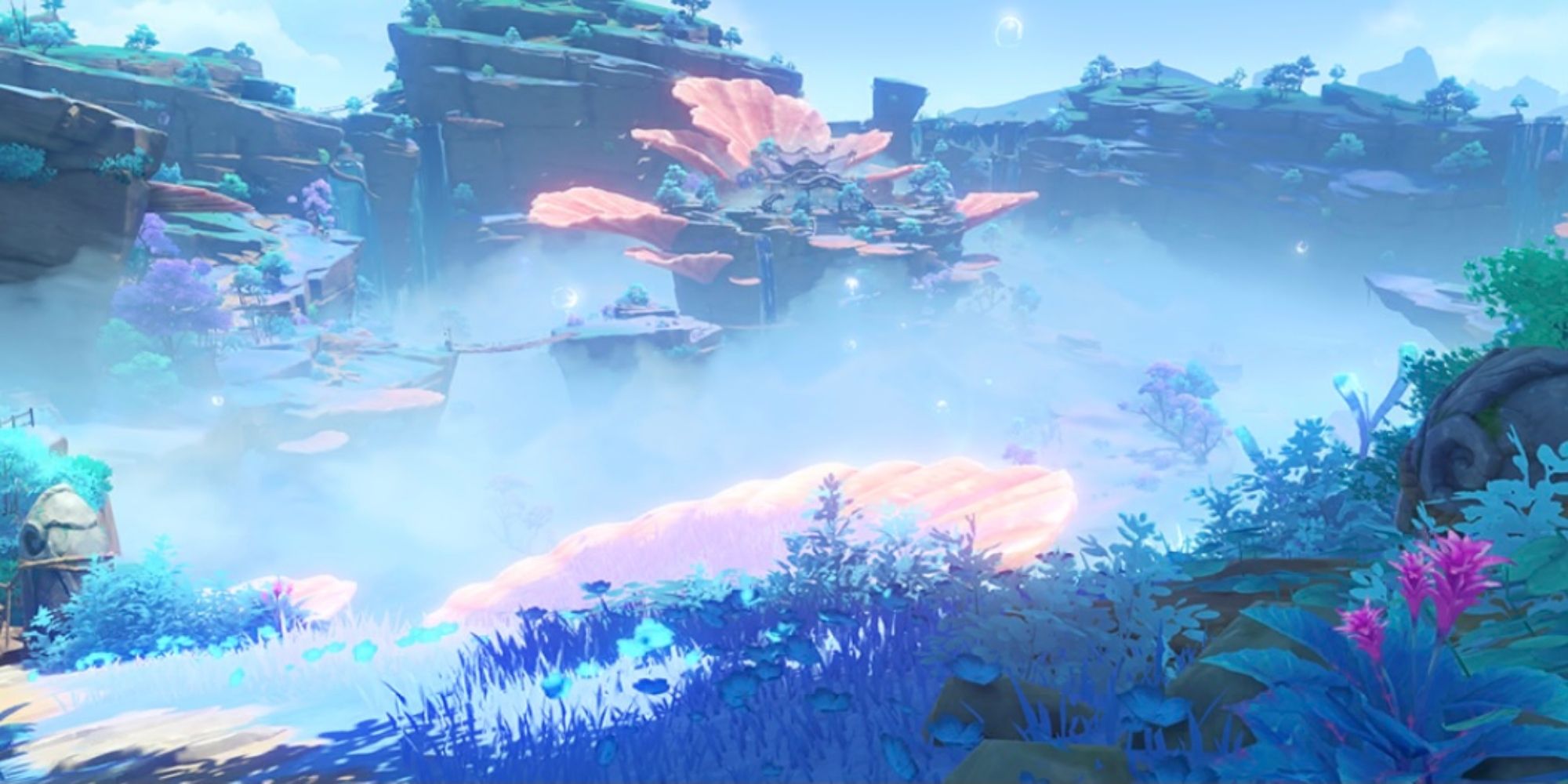
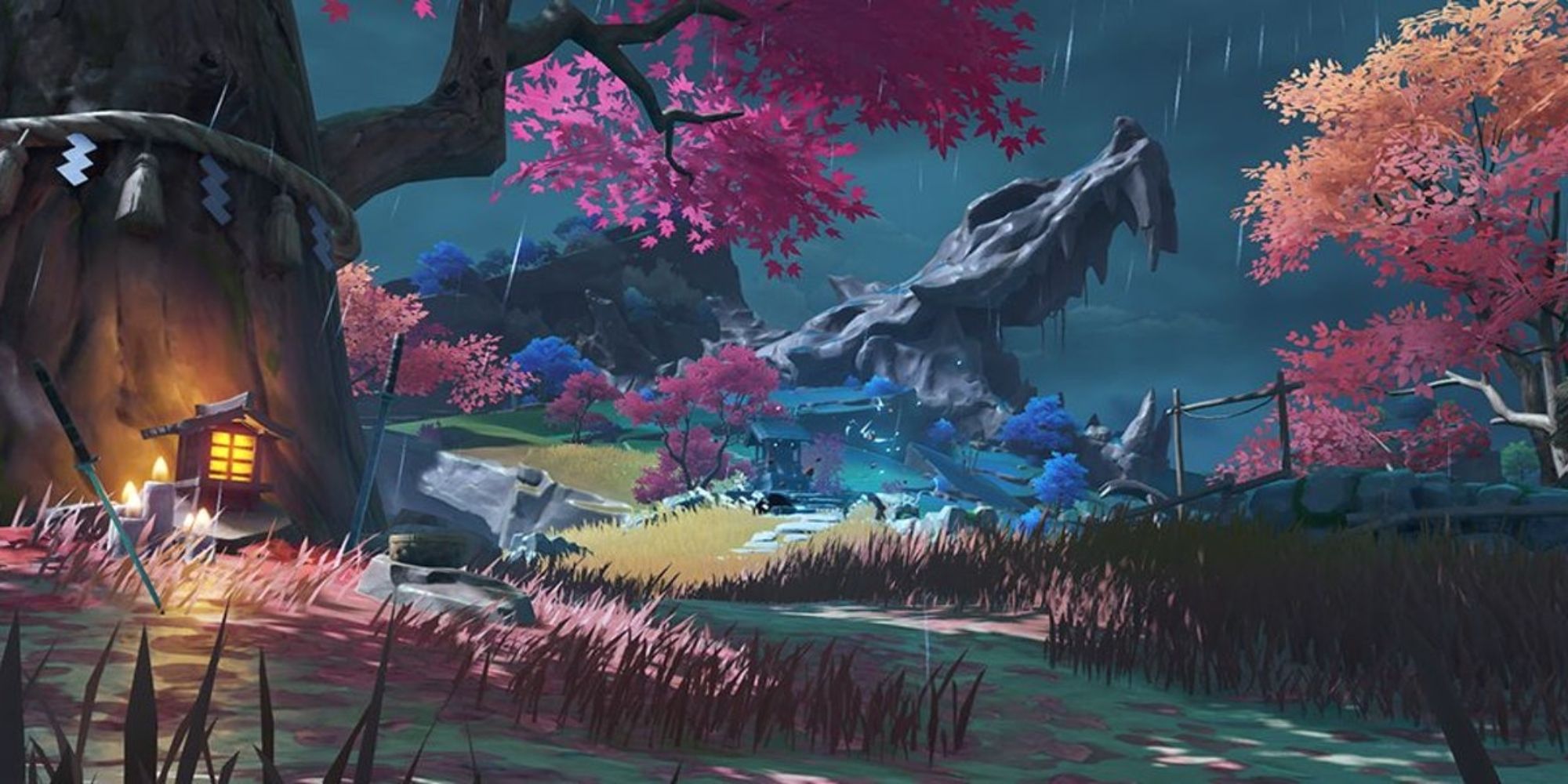
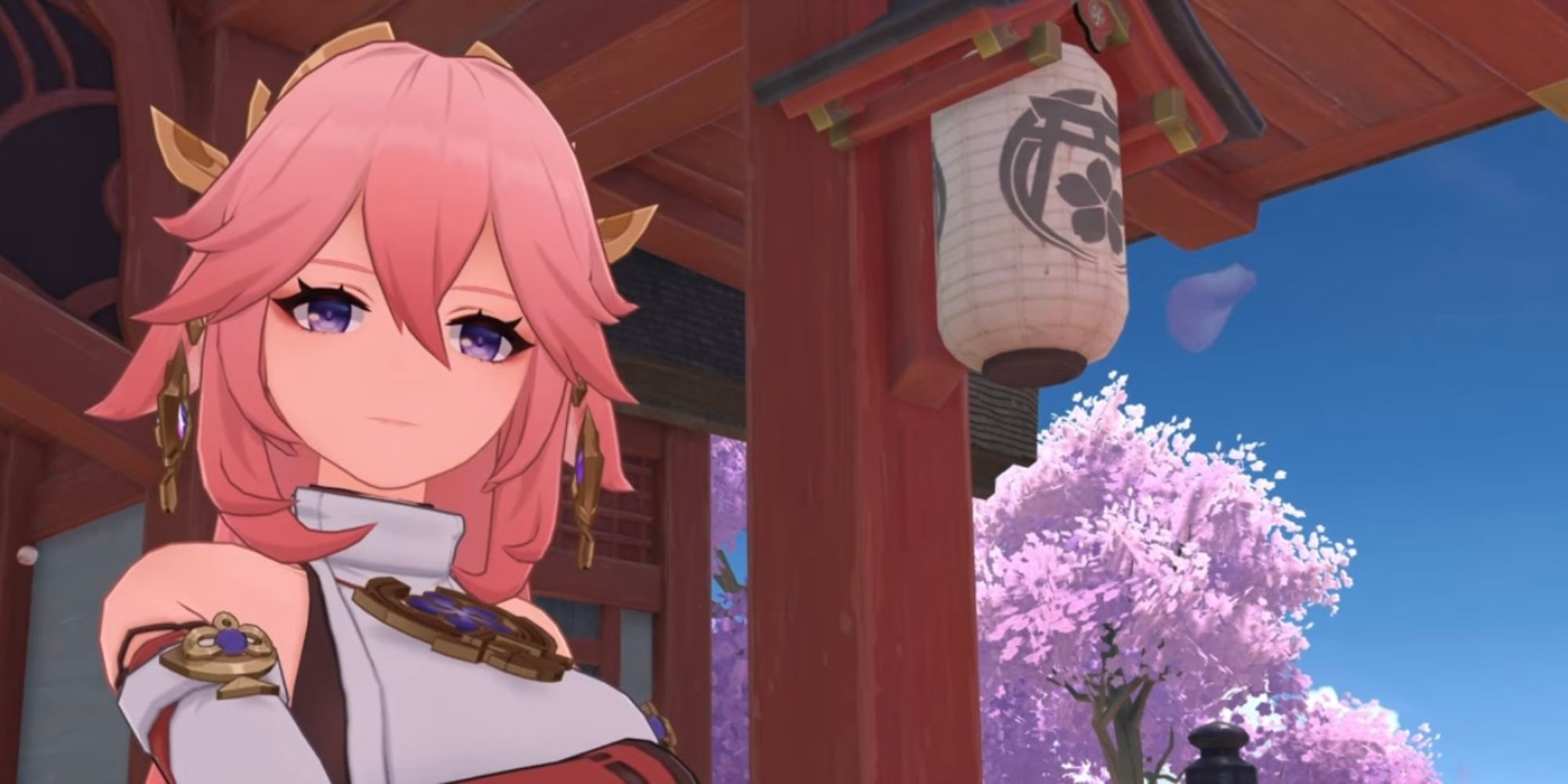

.jpg)
